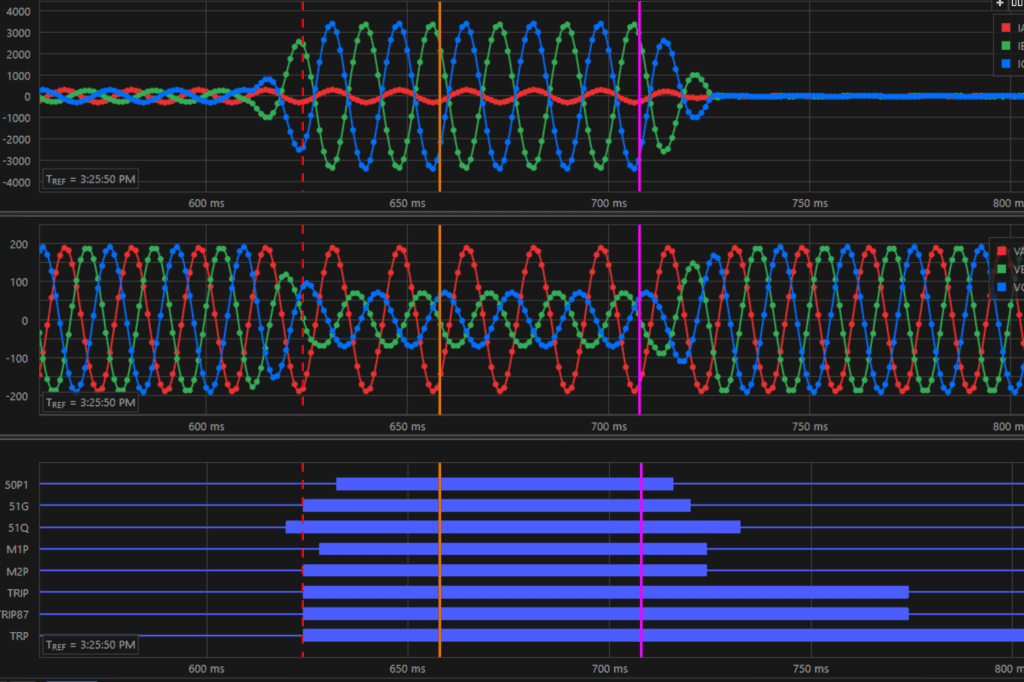In the world of power quality, not all disruptions are blackouts. Some are subtle, fleeting—and just as damaging.
Voltage sags and surges are two of the most common yet misunderstood power disturbances.
🔍 What Are Voltage Sags and Surges?
- Voltage Sag (Dip): A temporary drop in voltage typically 10% to 90% below nominal for a few milliseconds to several seconds. Common causes include motor startups, short circuits, or grid faults.
- Voltage Surge (Spike): A sudden increase in voltage, often lasting microseconds to milliseconds. These are usually triggered by lightning strikes, switching operations, or fault clearing.
🧨 The Impact on Systems
- Equipment Malfunction: PLCs, drives, and sensitive electronics may trip or fail.
- Data Loss: Unplanned shutdowns can corrupt files or interrupt processes.
- Downtime: Even a brief sag can halt production lines, costing thousands per minute.
- Component Stress: Repeated exposure reduces lifespan of motors, capacitors, and boards.
- Safety Risks: Voltage anomalies can disable critical systems or cause fire hazards.
🎯 The Good News? They’re Manageable.
Modern power systems offer a suite of solutions:
- Uninterruptible Power Supplies (UPS) for seamless backup during sags.
- Surge Protection Devices (SPD) to clamp down voltage spikes.
- Dynamic Voltage Restorers (DVR) and Automatic Voltage Regulators (AVR) to stabilize supply in real time.
- Smart monitoring systems to detect and respond before damage occurs.
💡 Why It Matters
In an era of automation, AI, and precision manufacturing, even a millisecond of instability can ripple into hours of disruption. Understanding and mitigating voltage sags and surges isn’t just about protecting equipment and it’s about safeguarding productivity, data, and reputation.
✅ The Payoff: Continuity, Safety, and Operational Excellence
By integrating technology, monitoring, and design foresight, businesses can:
- Reduce unplanned downtime
- Protect high-value assets
- Improve energy efficiency
- Enhance safety and compliance
- Build trust with clients and stakeholders
In essence, power quality becomes a competitive advantage, not just a technical concern.

India’s nuclear ambitions: Can Bharat Small Reactors trigger a 100 GW chain reaction?
India’s Union Budget 2025 has announced a new Nuclear Energy Mission, setting the stage for a major shift in the country’s energy landscape. This ambitious initiative, backed by an allocation of INR 20,000 crore (approximately USD 2.4 billion), aims to operationalize five Small Modular Reactors (SMRs) by 2033 and achieve 100 GW of nuclear power capacity by 2047. In addition to positioning nuclear power as a key pillar of India’s energy mix, this move will also strengthen energy security, reduce dependence on fossil fuels, and support India’s ability to meet its international climate commitments under the 2015 Paris Agreement, which India ratified in October 2016.
Currently, India’s installed nuclear power capacity stands at 8,180 MW, spread across 24 nuclear reactors. Achieving the new target is a bold challenge, requiring the addition of 91.82 GW of nuclear capacity over the next 22 years.
While the Nuclear Energy Mission marks a significant policy shift, it also invites cautious optimism. India’s historical track record of nuclear expansion has been mixed, with several announced reactors still not operational years after their original timelines [11]. Achieving the ambitious target of 100 GW by 2047 will require not just policy reforms but also efficient execution, adequate infrastructure and sustained political will.
There are also concerns about how the private sector will take up a technology that has yet to achieve commercial success [12]. It will be necessary to communicate transparently with the private sector on the progress of proposed changes and the regulatory process so that they can better plan for implementation and potential obstacles. Click on the link to know more….


